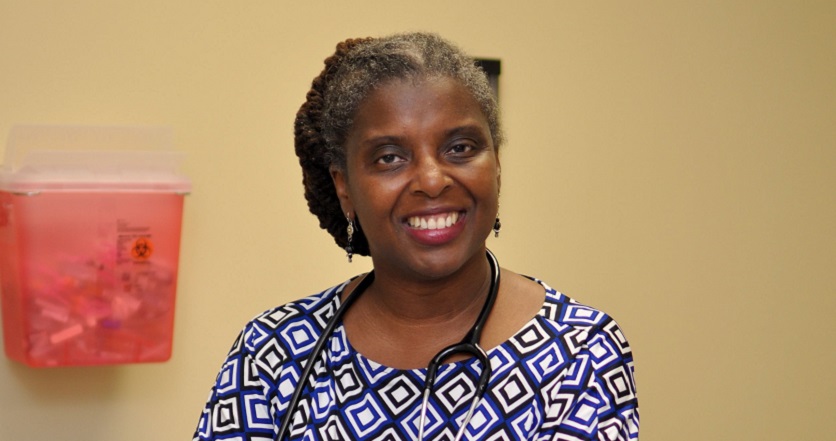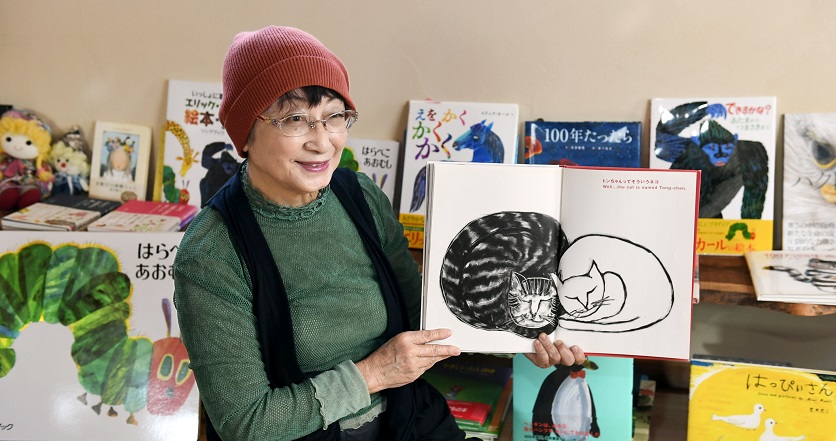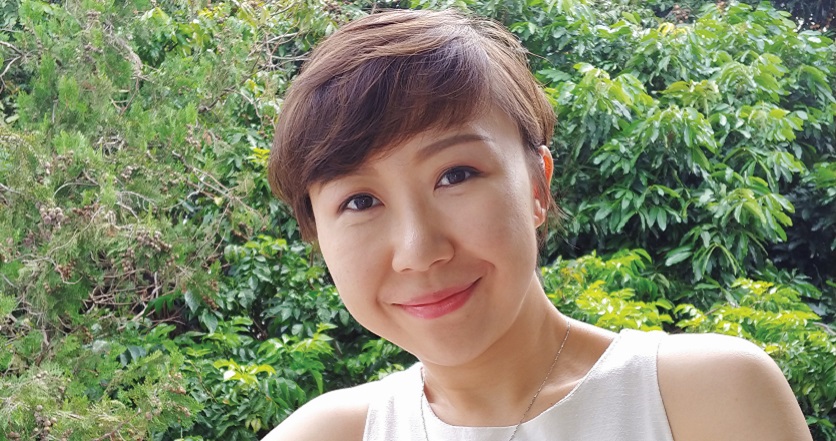Tragedy to Treasure
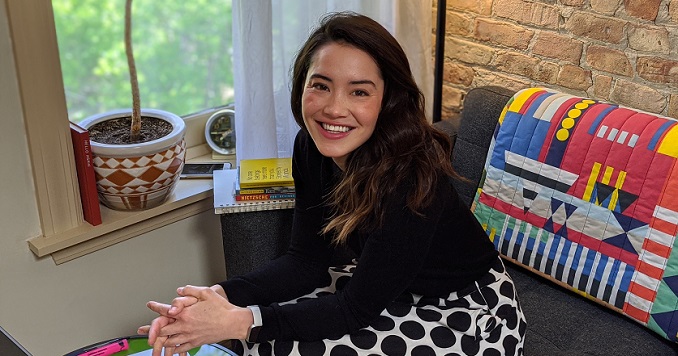
Jenny Cook talks about using her Buddhist practice to rebuild a life of appreciation, courage and hope following a life-threatening accident.
When my mom left Okinawa, Japan, to marry my dad, an American Navy seaman, her sister asked her to chant Nam-myoho-renge-kyo whenever she was struggling.
Life as a Japanese immigrant in middle America was difficult—she didn’t understand English, my dad developed a drinking problem and the two struggled financially. Keeping her sister’s words in her heart, she chanted earnestly and read every day the one book by President Daisaku Ikeda that she had.
As a child, I felt embarrassed about our Buddhist practice and wanted to be normal like my friends. At the same time, I saw how happy the practice made my mom. It wasn’t until I was in a life-threatening car accident that I fully embraced Buddhism.
It was the day after Thanksgiving Day in 2006, and I had just turned 18. I was in the car with my dad and brother, when an SUV cut us off. My body flew into the back of the headrest—crushing my face and breaking my mandible—before I slammed into the side door.
I was rushed to the hospital, and although my heart had stopped for two minutes, I survived. Laying on the gurney, I looked up at a round, mirrored light above me and saw the reality of my face. Ironically, it was exactly how I had felt on the inside for many years—unappreciative, cold and lifeless. At that very moment, I smiled genuinely for the first time. I was so grateful to be alive.
I smiled genuinely for the first time. I was so grateful to be alive.
I came out of the haze, immobile and unable to speak, with no movement in my face. While I was laying there in bed, my mom chanted beside me. For the first time, I heard Nam-myoho-renge-kyo so clearly and powerfully. I knew she was pouring her whole life into chanting for me.
I didn’t want to let my parents down, and I didn’t want to take anything for granted anymore. I determined to become a daughter who could fulfill her mission in life. Despite the immense pain, I pushed myself to chant, syllable by syllable.
After a little over a month of fighting in this way, I was finally able to say, “Nam-myoho-renge-kyo.” It felt like a real victory.
My dad, who had fallen into a depression from the regret of putting his daughter in harm’s way, started practicing Buddhism earnestly. He began to take responsibility for his life and stopped drinking. Looking back, this accident awakened my appreciation for life and brought my family closer.
Dreams and Challenges
When I returned to school, there was one hurdle after another. I was so behind on schoolwork that I wasn’t sure whether I would graduate. Some classmates made fun of me for not having teeth—they were shattered in the accident. On top of that, my application to my dream school, Soka University of America (SUA) in California, founded by President Ikeda, was wait-listed.
I saw this as a test to see how serious I was about fighting for my life’s mission. President Ikeda writes:
“Real life . . . is filled with an unending series of problems, including such things as financial troubles, sickness and family disharmony. But even though, at such times, your circumstances may seem unfortunate on the surface, if you keep chanting Nam-myoho-renge-kyo throughout, you will definitely transform all that is negative into something positive in accord with the Buddhist principle of ‘changing poison into medicine.’ You can ride out every difficulty, turning it into an opportunity for growth.”
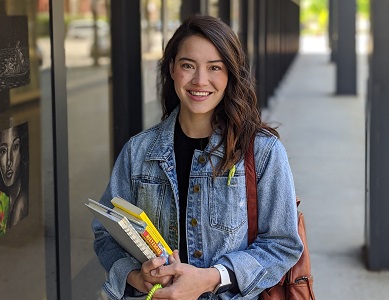
Together with my mom, I determined to wake up every morning to chant before school. With the abundant life force that came from this and with clear goals, I no longer cared if people made fun of me. I still smiled, because I was just so happy to be alive. I overcame each hurdle, graduated on time with the support of my teachers, and I was accepted into SUA!
Back when I was 15, a friend in my local Soka Gakkai community went to SUA and blossomed into such an open person, full of life. I wanted to experience what he did, and it sparked my interest in what Soka education, education centered on the happiness of the student, could really do.
Finding My Mission
My first year was a struggle with my doubts and self-worth. But I was reminded by my mom that the purpose of education was to help students bring forth their own potential—not to bring together students who were already perfect.
During my study abroad in Peru, I saw firsthand the lack of education accessible to children. This strengthened my sense of responsibility to serve those who are in need.
In my final year of school, I worked at an institution that supports students with behavioral impairments, and it changed my life. A young girl whom I had wholeheartedly supported passed away from a brain aneurism. I was overcome by immense sadness, but vowed in my heart to never stop working for children and to become an educator who would never give up on her students. I determined to treat each student as a Buddha.
When I look back in this way, I owe a tremendous debt of gratitude to Ikeda Sensei and SUA for helping me awaken to my life’s mission and teaching me the essence of education.
Currently, I am a learning behavior specialist who works with children with trauma related to incarceration, drug abuse and domestic violence. I help them connect their experiences in life to the value of education.
For example, one of my students struggles with depression and often shuts down during class. Rather than judging him, I looked into his interests. When I found out he liked maps, I incorporated them into our lesson. He became more engaged and began to open up. He shared that he wanted to leave home and live somewhere else. From there, we engaged in dialogue, which resulted in him realizing the importance of where we are now.
A Humanistic Educator
My utmost priority is to build relationships with my students, accept whatever behavior they display and, in turn, embrace them with care. I believe it’s my responsibility to encourage them, rather than punish them, and to provide an education they see as valuable. I feel there is no separation between my Buddhist practice, what I’ve learnt through taking part in Soka Gakkai activities and my role as an educator.
When we went into quarantine and the students couldn’t physically come to school, it was difficult to keep them on track. I took my lead from how our local Soka Gakkai community was striving to keep each member encouraged. I chanted for the safety of my students and to come up with new and creative ways to continue engaging with them. The most important thing I could do was to continue reaching out, one to one, to see how each of them was doing. I knew that no amount of reading assignments would shift their hearts; only life-to-life connections could give them hope.
The more I develop my Buddhist practice, the stronger I become and the more able I am to fully embrace my students and give them hope.
Before the shutdown, I had a student who stopped attending school. I kept chanting and writing him letters, determined to never give up on him. I was so happy when he emailed me, letting me know that he hadn’t given up.
In my years of teaching, I’ve lost students to gun violence, drug abuse and suicide. This reality has brought out deep sadness and doubts about the impact I can have.
Every day is a battle. Sometimes my students will curse at me or tell me that I have no idea what they’ve gone through. But I know that to help my students grow and develop, I need to have a strong and expansive heart, overflowing with life force. The only way to do so is to win in the morning with abundant prayer. The more I develop my Buddhist practice, the stronger I become and the more able I am to fully embrace my students and give them hope.
My students teach me the power of our lives and the importance of persevering in our efforts. As someone who was fortunate enough to receive wonderful opportunities, I have an obligation to give back to my community. That’s why my dream is to build a special education school in America based on the principles of Soka education. I want to transform the apathy in our society by empowering the youth to live contributive lives.
Adapted from an article in the July 2020 issue of Living Buddhism, SGI-USA.





